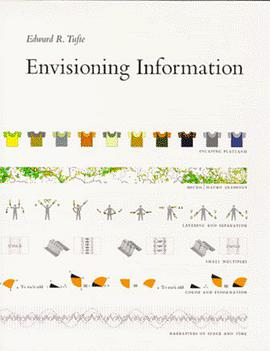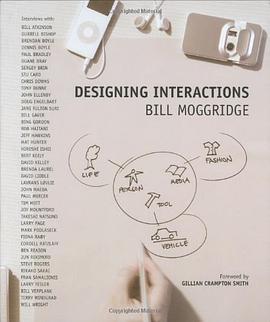Information Dashboard Design 豆瓣
作者:
Stephen Few
O'Reilly Media
2006
- 1
Dashboards have become popular in recent years as uniquely powerful tools for communicating important information at a glance. Although dashboards are potentially powerful, this potential is rarely realized. The greatest display technology in the world won't solve this if you fail to use effective visual design. And, if a dashboard fails to tell you precisely what you need to know in an instant, you'll never use it, even if it's filled with cute gauges, meters, and traffic lights. Don't let your investment in dashboard technology go to waste. This book will teach you the visual design skills you need to create dashboards that communicate clearly, rapidly, and compellingly. "Information Dashboard Design" will explain how to: avoid the thirteen mistakes common to dashboard design; provide viewers with the information they need quickly and clearly; apply what we now know about visual perception to the visual presentation of information; minimize distractions, cliches, and unnecessary embellishments that create confusion; organize business information to support meaning and usability; create an aesthetically pleasing viewing experience; maintain consistency of design to provide accurate interpretation; and optimize the power of dashboard technology by pairing it with visual effectiveness.



